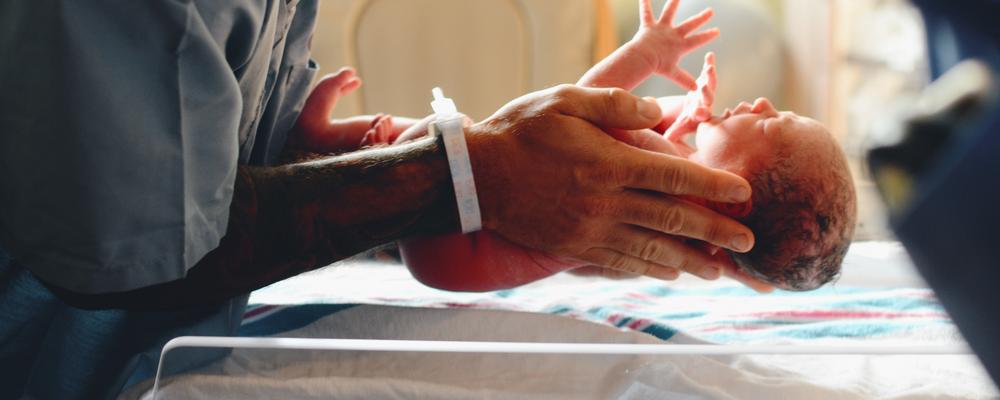
VBAC in a Swedish maternity care context
Vaginal birth after caesarean, VBAC, is a relevant question for many women and their partners because of the rising Caesarean section (CS) rate worldwide. In Sweden, the CS-rate increased from 5% in the beginning of the 1970s to 17.3% in 2013. VBAC compares favourably with routine elective repeat CS (ERCS) and is associated with lower maternal mortality and less overall morbidity for mothers and babies.
A systematic review and meta-analysis demonstrated that maternal mortality was increased if the woman had an ERCS compared with a planned VBAC. In contrast, perinatal mortality was increased with planned VBAC compared with ERCS although absolute rates were low. This finding complicates the decision-making process as clinicians and women attempt to balance the risks involved even if VBAC is the recommended safe choice for most women and their babies. The rate of VBAC varies in an international perspective, for example, from 29-36% in Germany, Ireland and Italy compared to 45-55% in Sweden, Finland and the Netherlands. A report from Europe shows that for women with a low-risk pregnancy the chance may be as high as between 70-87% to succeed with a VBAC. There is a great deal of research on VBAC but only a few qualitative studies on women’s experiences. These studies are limited to a few countries, notably in countries with low VBAC-rates. Studies evaluating the medical outcomes for women and babies have also mainly been carried out in countries and maternity care settings with high CS-rates and low VBAC-rates. No studies have focused long-term outcomes for women and children in Sweden.
Aim
The overall aim of this doctoral project is to study VBAC in a Swedish maternity care context by focusing women´s experiences of care and vaginal birth after a previous CS, and the medical outcomes for women and children after VBAC in a long-term perspective.
Methods
This is a separate doctoral project related to the OptiBIRTH study which aims to improve maternal health service delivery, and optimise childbirth, by increasing vaginal birth after caesarean section (VBAC) through enhanced women-centred maternity care across Europe. Compared to OptiBIRTH, this doctoral project focuses mainly on care during childbirth in a Swedish context. This project has a mixed method design, including two qualitative and two quantitative studies. Midwives lived experiences of caring during childbirth has been studied by interviews with 10 midwives (paper I) and women’s experiences of VBAC have been studied by individual interviews with nine women (paper II). The interviews was analysed with phenomenological methods.
The quantitative studies will describe the prevalence and medical outcomes for the mother (paper III) and child (paper IV) due to VBAC in Sweden, and examine whether there are regional differences, with regard to socio-demographic and obstetrical background as well as the presence of other diagnoses of importance.
Publications
Lyckestam Thelin, I., Lundgren, I., Hermansson, E. (2014). Midwives’ lived experience of caring during childbirth - A phenomenology study. Sexual and Reproductive Healthcare.5(3), 113-118.